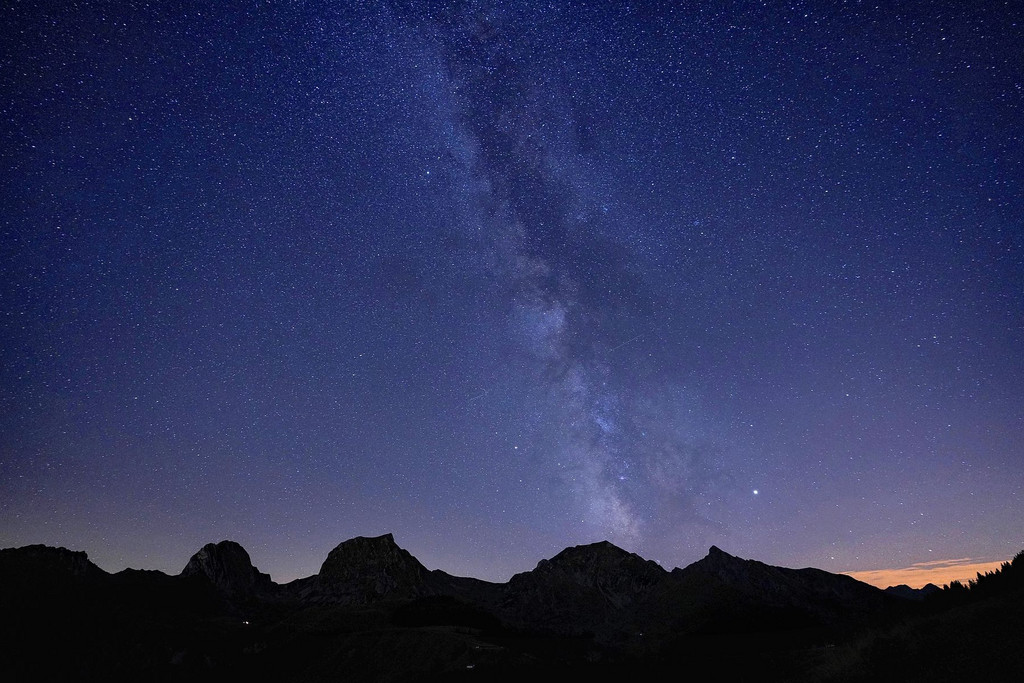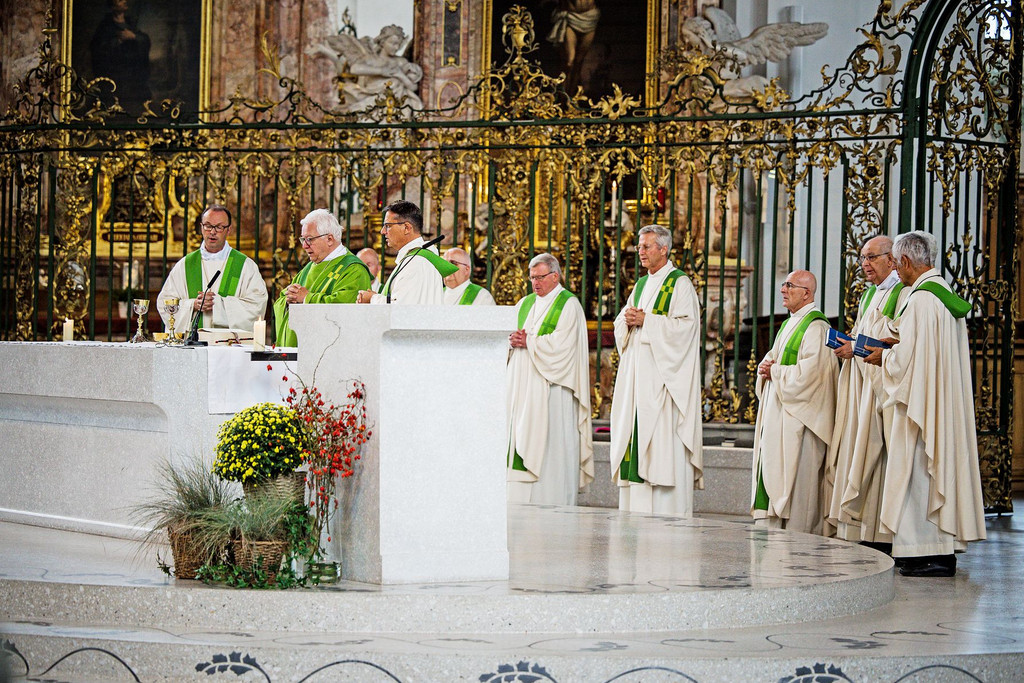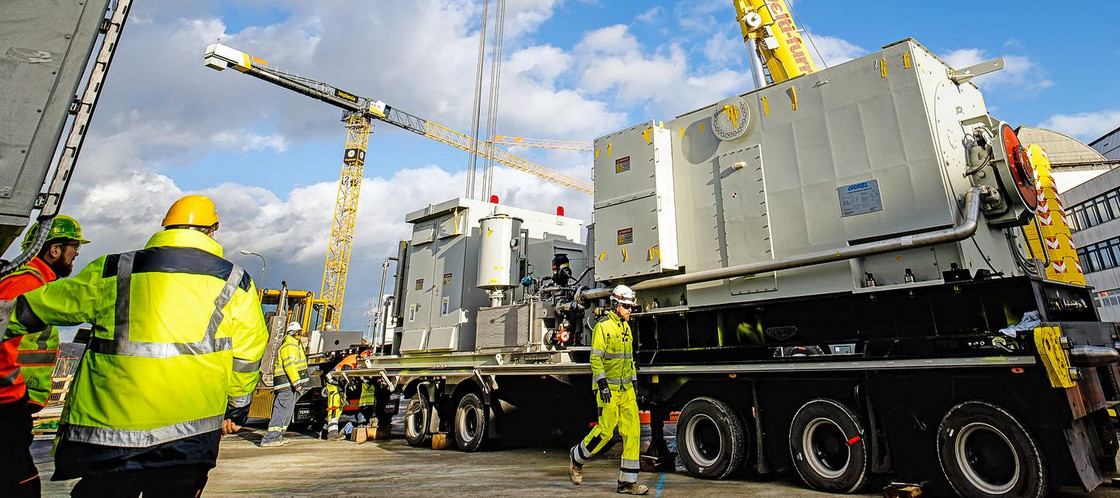
The big wolf hunt in the Swiss mountains

News

Confusion over Swiss army funding

News

News

News

News


Europe’s energy crisis also has implications for Switzerland. Thanks to mild temperatures and replenished reservoirs, the country was able to avert an emergency this winter. But the threat of power shortages remains.
Last autumn, Switzerland was bracing itself for an uncomfortable winter of sparsely heated homes and dimly lit streets. The Federal Council was drawing up a contingency plan and urging the nation to save energy. In a worst case scenario, households would have to ration their consumption and companies shut down their operations.
This scenario was already looking unlikely by January – and had failed to materialise by the editorial deadline for this issue of “Swiss Review”. That was partly due to the weather. The first half of the winter was relatively mild throughout Europe. Switzerland basked in spring-like temperatures of up to 15°C over the festive period. Hazel bushes were already beginning to blossom by mid-January in lower-lying areas. People were heating their homes less, while European gas storage levels were higher than expected.
Furthermore, Swiss reservoirs were at higher-than-average levels following extensive autumn rainfall. Domestic hydropower is one of the keys to Swiss energy security. Power plant operators therefore set up a strategic hydropower reserve in their reservoirs to ensure they would still be in a position to generate at least 24 days of power by the beginning of spring.

Despite hydropower, Switzerland relies on imported electricity in the winter months – including French nuclear power. The feared supply bottlenecks due to half of France’s nuclear power stations being shut for maintenance in autumn never materialised, because most of these plants managed to get back online in time.
Back in summer 2022, the Federal Council approved the rapid construction of a reserve power plant in Birr (canton of Aargau) as a back-up in case of a power crunch. This facility is fitted out to operate with gas, oil or hydrogen. Its eight mobile turbines have a total output of 250 megawatts, which is enough to power around 400,000 households. The plant has been operational since the end of February and will remain in place until 2026, if necessary. The existing thermal power plant in Cornaux (canton of Neuchâtel) can produce an additional 36 megawatts, if need be.
There are no power shortages yet, but neither has the government given the all-clear. The situation is likely to be more challenging next winter, say experts. Gas storage facilities were still being replenished with Russian supplies last year, but sanctions in connection with the war in Ukraine mean that Europe can no longer rely on Russian gas. The search for alternative energy sources is ultimately a race against time.
Current energy consumption in Switzerland: revue.link/dashboard
Comments
Comments :
RE: energy fears article
You have an abundant source of free fuel. Fresh water separated by electrolysis creates hydrogen and oxygen gas. Hydrogen is 100% clean burning fuel for steam operated generators. You can make enough electricity to power 40% of Switzerland needs, and still have enough left over electricity and oxygen to export to adjacent countries. However, due to hydrogen's explosive nature, you must make three considerations upfront.
- One, only produce enough hydrogen to use on a daily basis. In other words don't stock pile hydrogen like a coal plant stock piles coal, which they mainly do because it has to be mined from an outside location and transport into the electrical generating site.
- Two, all hydrogen must be produced and kept on site near the electrical generating facility where it can be highly guarded, fenced in, security cameras and drones actively monitoring 24 hours a day, seven days a week, live guards watching for illegal activity, and no moving vehicles to cause an accident or unsafe condition.
- Three, locate the electrical generating plant next to a large lake, and increase the efficiency of the electrolysis process and electrical generating activity to level that it is cost-effective. Something Switzerland is very good at. A system that Switzerland can sell around the world.
Never transport hydrogen.The NASA shuttle missions used a mixture of hydrogen and oxygen as fuel for the space program.